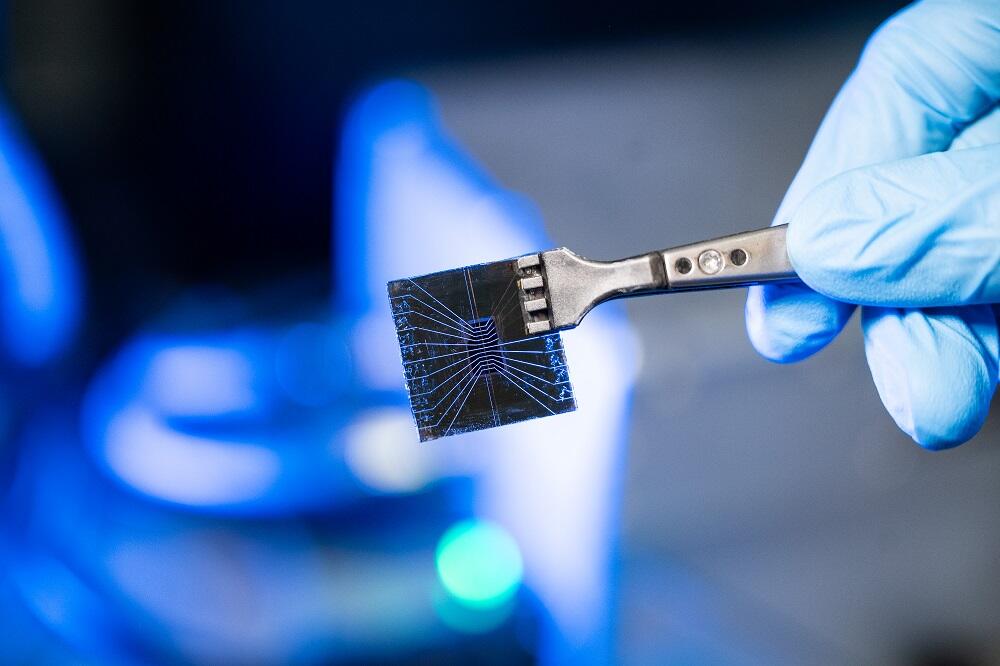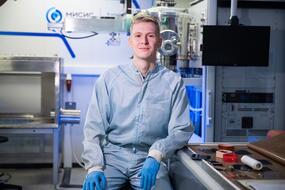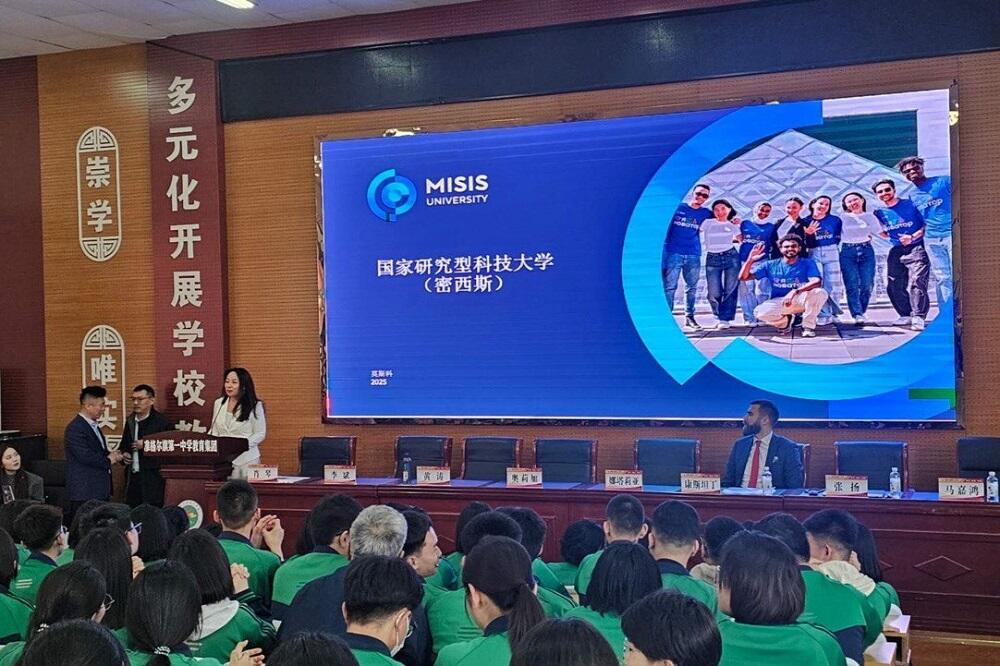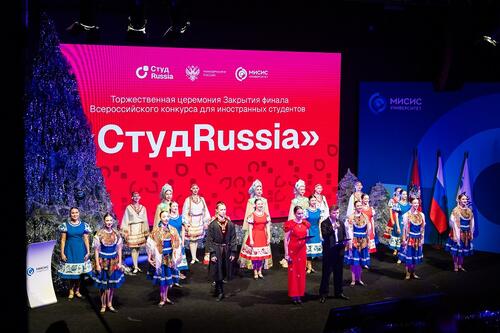Scientists of NUST MISIS and the Enikolopov Institute of Synthetic Polymer Materials of Russian Academy of Sciences (ISPM RAS) have developed perovskite photodiodes based on thin films with enhanced response speed and detection range for medical equipment, telecommunications, and security systems.
“Under the Priority-2030 program, NUST MISIS has established and is implementing the strategic technological project ‘Energy of Materials’, whose key objective is to create efficient products for Russia’s perovskite optoelectronics industry. A research team at our university, led by a young and talented scientist, Dr. Danila Saranin, is developing materials for alternative energy and technologies for applying various photoelements to power wearable electronics, IoT devices, and sensors without dependence on light availability. The perovskite-based photodiodes created at NUST MISIS demonstrate high efficiency due to their ability to detect very weak light signals across a broad spectral range,” said Alevtina Chernikova, Rector of NUST MISIS.
Perovskite photodiodes can be printed on various types of substrates, including flexible plastics, making them promising for next-generation camera sensors and imaging systems.
However, defects can form at the interfaces between perovskite grains in photodiodes, reducing device efficiency, causing current leakage, and slowing response time.
To improve the performance of perovskite photodiodes, researchers from NUST MISIS and ISPM RAS proposed modifying the interfaces with the P(VDF-TrFE) copolymer. This material has dielectric and ferroelectric properties, allowing it to influence the electric field within the photodiode structure.
“Integrating a small amount of the polymer dielectric into the perovskite photodiode structure improved device sensitivity, expanded the linear dynamic range, and increased response speed,” said Andrey Morozov, a graduate student at NUST MISIS.
Additionally, the polymer layer stabilized the perovskite photodiodes’ performance under adverse conditions. This is crucial for devices exposed to changing environmental conditions and extends their lifespan.
“We are advancing micropixel photodiode technology based on printing principles. The new study demonstrates an important result. The effective operation of photodiodes for
X-ray conversion, which is critical for high-resolution medical tomography detectors or security systems. Precise interface engineering in our devices has significantly increased sensitivity and suppressed noise. The achieved performance is comparable to silicon-based analogs but does not require lithography, which we replaced with laser processing,” noted Dr. Danila Saranin, head of the Advanced Solar Energy Laboratory at NUST MISIS.
The results, published in the scientific journal Light: Advanced Manufacturing (Q1), could serve as a foundation for future research and innovation in perovskite photodiode interface design.





